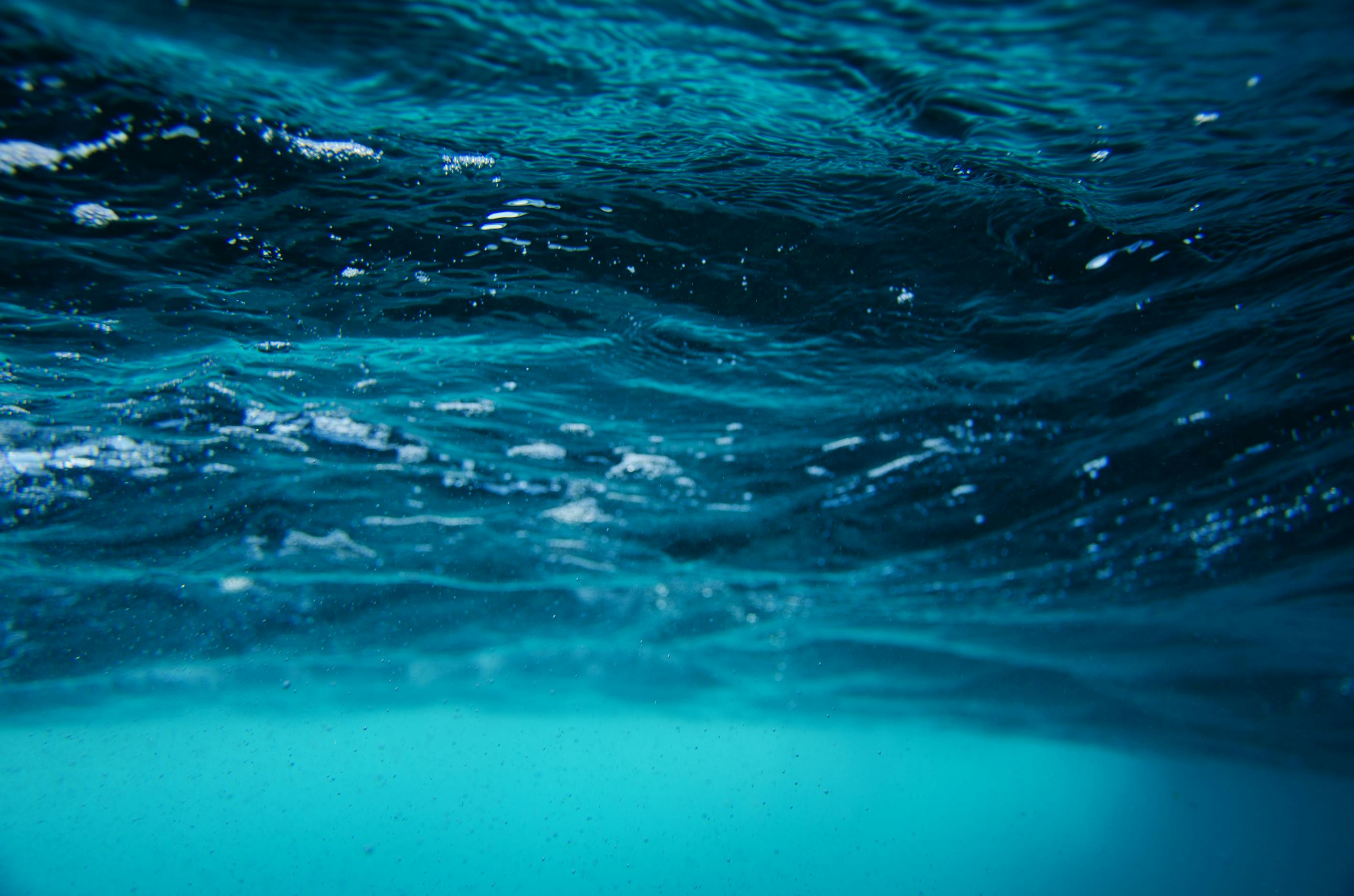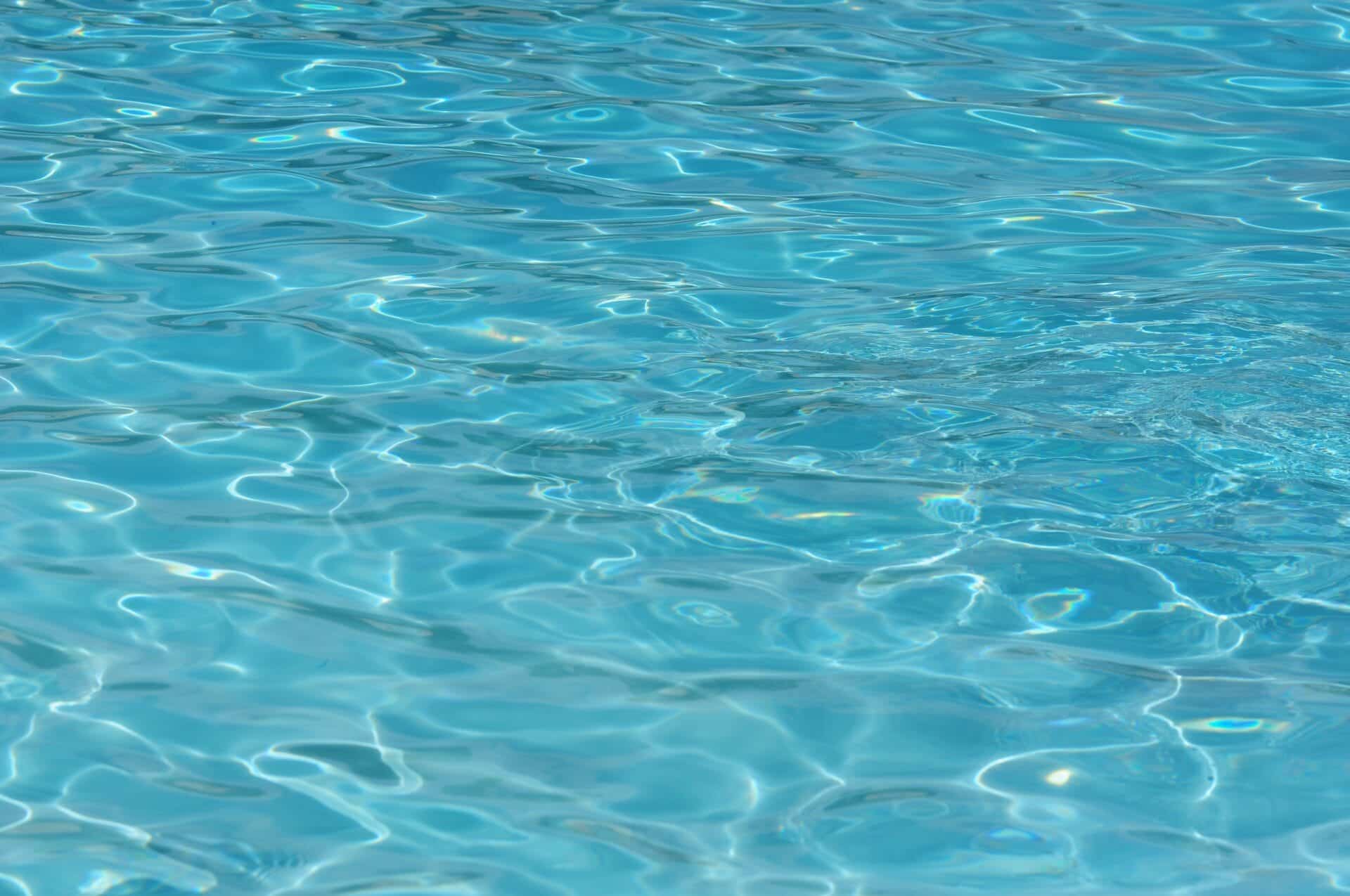Water flossers are an effective and convenient way to clean your teeth and keep your smile looking its best. They are especially beneficial for those with braces, bridges, crowns, implants, or other dental work. Cleaning your water flosser regularly is essential to ensure optimal performance and a healthy smile. In this article, we’ll discuss how to clean a water flosser properly.To clean a water flosser, begin by taking apart the handle and storing the nozzle in a safe place. Next, fill a sink with warm water and add a few drops of mild liquid detergent. Submerge the handle of the flosser in the soapy water and let it soak for 10-15 minutes. Afterwards, use an old toothbrush to scrub off any dirt or buildup from the handle. Once finished, rinse the handle off thoroughly with clean water. Finally, reassemble your water flosser and you are all set!
Step 1: Gather Necessary Supplies
Before you start cleaning your water flosser, make sure you have all the necessary supplies. You will need a clean cloth or towel, warm water, and a mild dish soap. Additionally, it is recommended to use distilled water instead of tap water to prolong the life of the device.
Step 2: Disconnect Power Supply
Once you have gathered all the supplies, disconnect your water flosser from its power supply by unplugging it from the outlet. It is important to ensure that there is no power going to your device before cleaning it.
Step 3: Empty Reservoir Tank
After you have disconnected the power supply, empty out the reservoir tank and discard any remaining water inside. Make sure to remove any buildup of minerals or debris from inside the tank with a clean cloth or towel.
Step 4: Rinse Tank with Warm Water
Using a clean cloth or towel, rinse out the reservoir tank with warm water until all residual soap has been removed. If you are using tap water for this step, make sure to rinse out the tank at least three times before continuing onto the next step.
Step 5: Refill Reservoir Tank with Distilled Water
Once you have finished rinsing out the tank, refill it with distilled water and replace it in your device. Make sure that all components are securely fastened before plugging your device back into its power supply.
Step 6: Clean Outside of Device
Using a damp cloth or towel, wipe down any dirt or debris from the outside of your device. Make sure to be careful when handling any parts that may be connected to the device and not force anything into place.
Step 7: Dry Device Thoroughly Before Use
Once all components are wiped down and secured in place, dry off your device thoroughly with a dry cloth or towel before using it again. It is important to make sure that there is no excess moisture on any of its parts as this could cause damage to its internal components.
<br
What You Need To Clean a Water Flosser?
Cleaning a water flosser is essential to maintain hygiene and eliminate bacteria that can lead to plaque buildup and tooth decay. To properly clean your water flosser, you need a few basic items: a soft brush, a mild detergent, warm water, and an old toothbrush or cotton swab.
Begin by removing the reservoir from the unit and emptying any remaining water. Then, rinse the reservoir with warm water to remove any debris or residue before cleaning it with the soft brush and mild detergent. Dry thoroughly with a clean cloth before refilling with fresh water.
Next, use an old toothbrush or cotton swab to gently scrub the jet tips and remove any bacteria or buildup that may have accumulated over time. Pay special attention to any areas where dirt or debris may have become lodged in hard-to-reach places. Rinse the jet tips thoroughly with warm water before replacing them in the unit.
Finally, use the soft brush to lightly scrub around the base of the unit to remove any dust or dirt that may have accumulated over time. Wipe clean with a dry cloth and make sure all parts are dry before reassembling your water flosser for use again.
By following these simple steps, you can ensure that your water flosser is properly cared for and maintained for optimal performance. Regular cleaning of your unit will help to extend its life span and keep your teeth healthy and clean!
Preparing Your Water Flosser for Cleaning
Cleaning your water flosser is an important part of taking care of it. Properly preparing your water flosser before cleaning is essential to make sure that it is properly cleaned and maintained. Here are some tips to help you prepare your water flosser for cleaning:
First, make sure the power cord is unplugged from the wall outlet. This will ensure that there is no risk of electric shock when cleaning your water flosser.
Next, remove any attachments from the handle of the water flosser. This includes the nozzle tip and any other removable parts. These should be cleaned separately according to their specific instructions.
Finally, make sure that all of the components are thoroughly dried before re-assembling them or storing them away. Leaving any moisture in or on the parts can cause corrosion or other damage over time.
By following these simple steps, you can ensure that your water flosser is clean and ready for use. Taking a few minutes to properly prepare your water flosser before cleaning will help keep it in good working order for years to come.
Disassembling Your Water Flosser for Easy Cleaning
Water flossers are a great way to keep your teeth and gums healthy. They can be used to clean hard-to-reach places in your mouth and remove plaque buildup. However, regular disassembly and cleaning of your water flosser is necessary to ensure optimal performance and to reduce the risk of bacteria buildup. The following steps will help you properly disassemble your water flosser for easy cleaning.
The first step is to unplug the water flosser from the power source. This ensures that the device is not running while you are disassembling it. Once unplugged, open up the top cover of the water flosser and take out all removable parts such as the hose, nozzle, impeller, and tank lid. If necessary, use a screwdriver or other tool to unscrew any fasteners that may be holding these components in place.
Next, you will need to remove any debris or scale buildup from inside the water tank and all removable components. To do this, use a soft, damp cloth or sponge with warm soapy water to wipe away any dirt or residue. It’s also important to rinse all parts thoroughly with clean water after wiping them down.
Once all removable parts have been removed and cleaned, carefully inspect each component for signs of wear or damage. If any part appears worn or damaged, replace it immediately with a new one from the manufacturer. After inspecting each part for damage, you can begin reassembling your water flosser by following the instructions in its manual.
Finally, it’s important to disinfect any part of your water flosser that comes into contact with your mouth. To do this, fill up a bowl with warm soapy water and soak each component for five minutes before rinsing them off with clean water. This will help reduce the risk of bacteria buildup on your device.
By following these steps regularly, you can ensure that your water flosser remains in top condition and continues to provide optimal results during use. Cleaning your device on a regular basis is an important part of maintaining good oral hygiene habits – so make sure you do it often!

Removing Debris from the Reservoir and Hose
It is important to regularly clean out the reservoir and hose of any debris that may accumulate over time. This can help to ensure that the water is free of any particles or contaminants that could affect its quality. To do this, first disconnect the hose from the reservoir and turn off the water supply. Then, use a garden hose or a wet/dry vacuum to suck out any debris from within the reservoir and hose. Make sure to completely empty out all of the debris, as any remaining particles could eventually lead to blockages or other issues. After cleaning out the reservoir and hose, reconnect them and turn on the water supply again.
Additionally, it is important to periodically inspect both components for any signs of wear or damage. If any cracks or holes are found in either piece, it should be replaced right away as this could lead to water loss and system failure. Regular inspection and maintenance can help maximize the life span of your water system while also ensuring that it is able to provide clean, safe drinking water at all times.
Sanitizing the Reservoir and Hose with Vinegar Solution
Sanitizing your reservoir and hose with a vinegar solution is an important part of keeping your hydration system clean and free from bacteria. This process will reduce odors, improve taste, and help to keep your water safe for drinking.
The best way to clean your reservoir and hose is to fill the reservoir with one part white vinegar and two parts warm water. Let this solution soak for about 30 minutes before rinsing it out thoroughly. After rinsing, let the reservoir air dry completely before refilling it with fresh water.
In addition to cleaning the inside of the reservoir, you should also clean the outside of the reservoir as well as its hose. To do this, mix some white vinegar with a few drops of mild soap in a bowl filled with warm water. Use a damp cloth or sponge to wipe down both sides of the reservoir as well as its hose. Rinse off any remaining soap residue before letting both items air dry completely.
Once everything has dried, you can reassemble your hydration system and enjoy fresh clean-tasting water on your next outdoor adventure!
Keeping the Nozzle Dry and Free of Residue
It is important to keep the nozzle of your 3D printer dry and free of residue in order to prevent clogs and other printing issues. To do this, it is recommended that you clean the nozzle after each printing session. This can easily be done with a brush or a damp cloth. If there is a lot of residue on the nozzle, it may be necessary to use some special cleaning solutions to remove it. It is also essential to keep the nozzle dry between prints, as moisture can cause blockages or other printing problems. If you are printing with an enclosed printer, make sure that there is appropriate ventilation and proper air circulation so that no moisture builds up inside the printer. Finally, avoid using too much filament when printing, as this can increase the amount of residue left on the nozzle. By following these simple steps, you can ensure that your 3D printer’s nozzle remains clean and free from residue.
Keeping your 3D printer’s nozzle clean and free from residue will help to improve its performance and reliability in the long run. Regular maintenance will also help to extend its lifespan by preventing costly repairs or replacements due to clogs or other problems caused by residue build-up on the nozzle. So make sure to follow these guidelines in order to get optimal results from your 3D printer!

Conclusion
Cleaning your water flosser regularly is essential for maintaining a healthy and effective oral hygiene routine. Water flossers are simple and easy to use, so cleaning them doesn’t require a lot of effort. All you need is some warm water, a mild detergent, a soft cloth or brush, and some patience. In addition to cleaning your water flosser regularly, remember to replace the tips every three months to ensure that it’s always working at its best.
By following these steps, you can make sure that your water flosser remains in great condition and will help keep your teeth and gums healthy for years to come.

